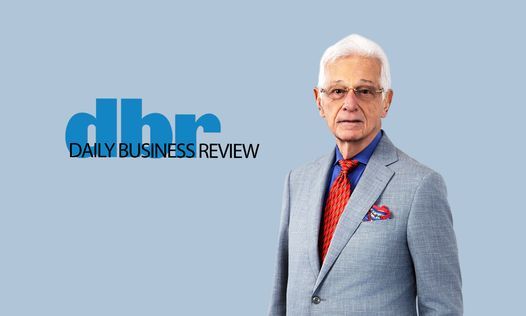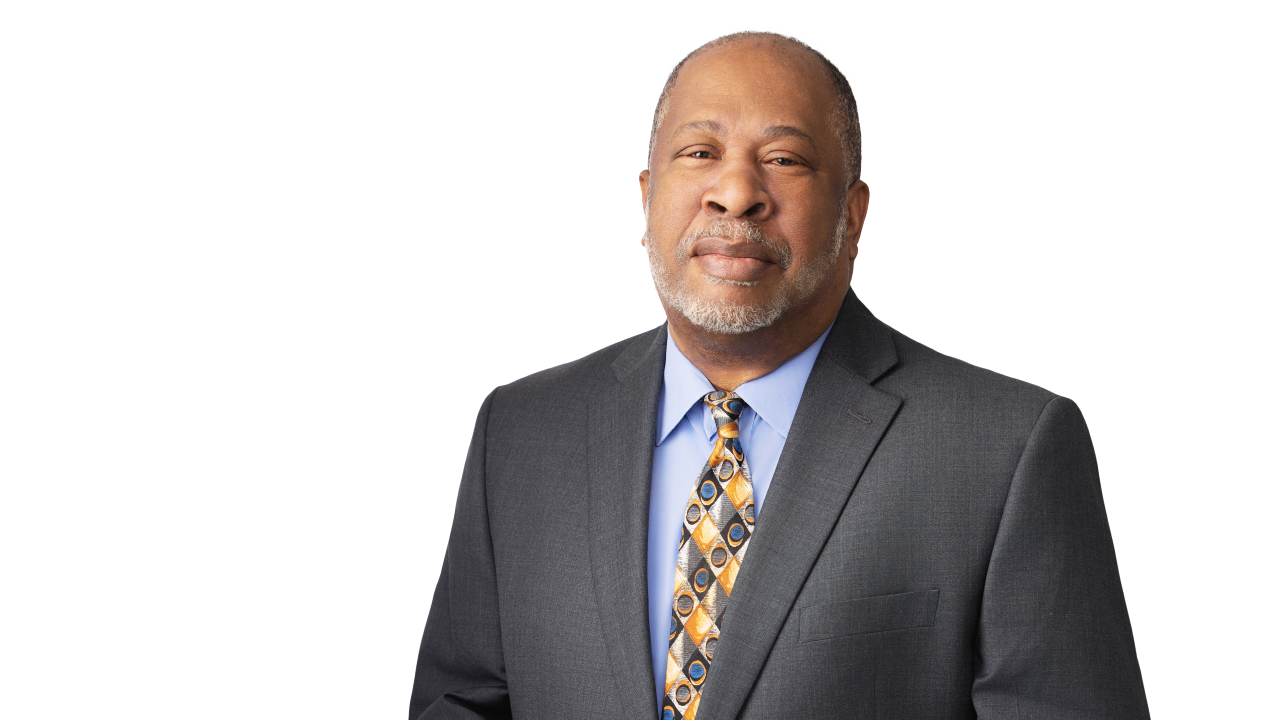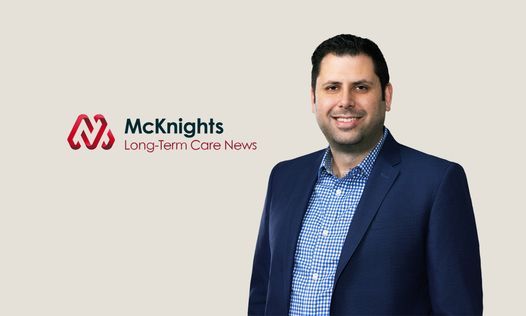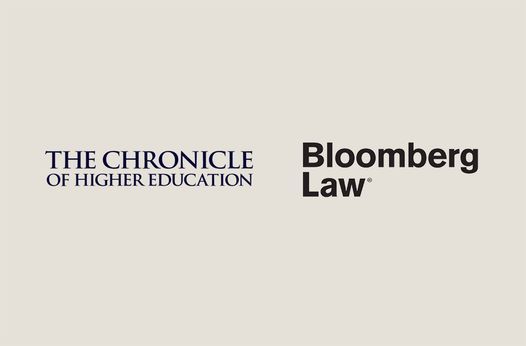Emergency Alert! HHS Restricts Care for Immigrants—Health Centers Must Act Now
Overview of Key Changes and Immediate Impacts
Key Policy Shift: Section 330 Grants now treated as a “Federal Public Benefit”
- The U.S. Department of Health and Human Services (HHS) now classifies the Health Center Program (Section 330 grants) as a “Federal public benefit,” which restricts Non-Qualified Aliens’ access to most services. Only emergency care, immunizations, and communicable disease treatment remain accessible to all.
Operational Conflict: Serving All Patients vs. Federal Eligibility Rules
- Community Health Centers and Federally-Qualified Health Centers (hereinafter referred to as “Health Centers”) must verify immigration status for federally funded services or risk non-compliance. Health Centers now have two conflicting mandates: Public Health Service Act Section 330 (obligation to serve all patients) vs. the Personal Responsibility and Work Opportunity Reconciliation Act of 1996 (PRWORA) (restrict benefits to citizens and Qualified Aliens).
Effective Immediately: No Grace Period for Compliance
- The new policy is effective immediately, and there is no grace period for implementation. However, there is a 30-day comment period to challenge or seek clarification from HHS.
Critical Risks: Administrative Burdens and Uncompensated Care Costs
- New administrative burdens (such as screening and documentation) and uncompensated care costs may rise if Health Centers serve ineligible patients.
I. Background and Legal Context of PRWORA Reinterpretation
Background on PRWORA and the 1998 HHS Interpretation
The PRWORA, enacted as Public Law 104-193, established a comprehensive framework governing alien eligibility for various public benefits in the United States. Prior to the recent PRWORA notice (the “Notice”), UHHS had issued its interpretation of the term “Federal public benefit” in a 1998 notice (63 FR 41658, August 4, 1998). However, the Notice explicitly states that this previous interpretation “artificially and impermissibly constrains these statutory definitions.”
HHS’s Legal Justification: Rejecting the 1998 Framework
The Notice was published in the Federal Register (90 Fed. Reg. 41785 (July 14, 2025) represents a deliberate effort to revise the interpretation of “Federal public benefit.” This revision is predicated on a commitment to construing the “plain language” of 8 U.S.C. § 1611(c)(1)(A) and (c)(1)(B), asserting that the 1998 Notice was fundamentally flawed in at least four distinct ways.
HHS’s position is that the prior interpretation misconstrued the expansive scope of “any grant” and “eligibility unit” and failed to properly apply the “any other similar benefit” clause, thereby limiting the reach of PRWORA beyond Congress’s original intent.
The PRWORA’s stated purpose emphasizes that “aliens within the Nation’s borders should not depend on public resources to meet their needs” and that “the availability of public benefits should not constitute an incentive for immigration to the United States.” This national policy stance is further reinforced by recent Presidential actions, such as Exec. Order No. 14218, 90 Fed. Reg. 41210 (July 10, 2025)–“Ensuring the Integrity of Federal Public Benefit Programs which directs federal agencies to rigorously enforce eligibility requirements for public benefits, prioritizing access for U.S. citizens and Qualified Aliens, and mandates review of existing benefit programs for compliance with immigration-related restrictions.
Exec. Order No. 14159, 89 Fed. Reg. 18344 (March 4, 2024).–“Restoring the Rule of Law in Immigration Benefits Administration outlines the administration’s immigration policy framework, emphasizing lawful status as a condition for public benefit eligibility and instructing agencies to limit incentives that could attract unauthorized immigration.
II. Health Centers’ Mission vs. New Federal Restrictions
Health Centers are defined as community-based and patient-directed primary care practices strategically located in areas identified as having significant unmet healthcare needs. The Health Center Program is authorized under Section 330 of the Public Health Service Act (PHSA) (42 U.S.C. §254b) and is administered by the Health Resources and Services Administration (HRSA) within HHS.
HRSA awards grants to support outpatient primary care facilities, encompassing various types of health centers such as community health centers, health centers specifically for the homeless, those serving residents of public housing, and migrant health centers.
Mission at Risk: Federal Restrictions Clash with Safety-Net Mandate
A fundamental tension exists between the explicit mission of Health Centers and the implications of this reinterpretation. Health Centers are expressly designed as “safety net providers” to address the health problems of poor and underserved individuals, with a mandate to provide care “regardless of patients’ ability to pay”.
However, the new HHS reinterpretation directly challenges this principle by restricting access to federally funded services based on immigration status. This conflict will compel Health Centers to make difficult ethical and operational decisions, potentially leading to a significant re-evaluation of their service models and who they can effectively serve with federal resources.
III. New HHS Interpretation: Expanded Restrictions and Operational Challenges
Broadened Definitions: “Any Grant,” “Eligibility Unit,” and Catch-All Clause
In its July 14, 2025 notice (90 Fed. Reg. 41785), HHS issued a revised interpretation of the term “Federal public benefit” under the Personal Responsibility and Work Opportunity Reconciliation Act of 1996 (PRWORA).
This reinterpretation substantially broadens the types of programs and services subject to alien eligibility restrictions. It explicitly overrules the narrower 1998 interpretation (63 Fed. Reg. 41658) and applies a plain-language approach to key statutory terms, notably “any grant,” “eligibility unit,” and “any other similar benefit” (8 U.S.C. § 1611(c)(1)).
1. Expansion of “Any Grant”
- The term “any grant” is now interpreted to include all forms of federal financial assistance, whether provided to individuals, nonprofit institutions, or state/local governments.
- This shift brings previously excluded funding mechanisms, such as Section 330 grants under the Health Center Program, squarely within the scope of PRWORA. As a result, all services delivered by health centers using Section 330 funding are now classified as Federal public benefits—services that may not be provided to non-qualified aliens unless a statutory exemption applies.
2. Broadening of “Eligibility Unit” and Catch-All Clause
- The Notice simplifies the definition of “eligibility unit” to include any individual or household to whom a benefit is delivered, eliminating the 1998 requirement for additional statutory eligibility criteria.
- The “any other similar benefit” clause is now read expansively to include any assistance that resembles the listed benefits (e.g., health, housing, food, education) in purpose or function. For health centers, this means that a wide array of direct patient services—if federally funded—are now subject to PRWORA’s immigration status limitations.
3. Explicit Inclusion of the Health Center Program
- Crucially, the Notice explicitly designates the Health Center Program as a provider of Federal public benefits.
- This marks the first time that Section 330 grant-supported services have been formally included in this classification. Unless an exemption applies, services funded by these grants must now be restricted to U.S. citizens and “qualified aliens” as defined in 8 U.S.C. § 1641.
Patient Care Disruptions: Eligibility Screening and Service Gaps
1. Restricted Services: What Non-Qualified Aliens Can (and Cannot) access
Health Centers must now assess patients’ immigration status before delivering most federally funded services. Non-qualified aliens—such as undocumented immigrants, DACA recipients without additional status, nonimmigrant visa holders, and individuals with Temporary Protected Status—are generally ineligible for services funded by Section 330 grants. Exceptions remain for a narrow set of services: emergency medical care, immunizations, and communicable disease testing and treatment (8 U.S.C. § 1611(b)(1)(C)).
In practice, this creates a service gap for non-qualified individuals seeking routine primary care, behavioral health, dental care, or preventive screenings—unless such services are paid for through non-federal funding sources (e.g., state, local, or private funds).
2. Documentation Requirements: Balancing Compliance and Patient Trust
The PRWORA requires providers of non-exempt federal public benefits to verify that an applicant is a “qualified alien.” However, the PRWORA also includes an exception for nonprofit charitable organizations, which are not required to determine, verify, or otherwise require proof of eligibility of any applicant for access to benefits.
Although the Notice does not revise formal verification requirements, it strongly encourages health centers to verify immigration status before delivering non-exempt services. HHS emphasizes that “nothing in the statute prohibits” verification and advises providers to “heed the clear expressions of national policy.”
Failure to verify status may expose centers to federal scrutiny, compliance risks, or financial clawbacks. Verification may include reviewing documents such as green cards (I-551), asylum approval notices, I-94 records, or work authorization under special immigrant categories. Importantly, health centers are not required to report undocumented patients to immigration authorities.
3. Workflow Overhaul: Intake, EHR Updates, and Staff Training
Implementing immigration-based service restrictions presents significant operational challenges. Health Centers must:
- Redesign patient intake workflows to assess immigration status while protecting patient privacy.
- Revise electronic health record (EHR) systems and billing platforms to tag services based on funding source and patient eligibility.
- Train staff on the new requirements, statutory exemptions, and culturally competent communication strategies.
- Segment care delivery—potentially within the same visit—when exempt and non-exempt services are requested simultaneously (e.g., immunizations alongside primary care).
Ethical Dilemma: Turn Patients Away or Absorb Unfunded Costs?
This reinterpretation places health centers in a difficult position: balancing their core mission to serve all patients regardless of ability to pay with the legal obligation to restrict federally funded services to eligible individuals. Centers must now decide whether to:
- Turn away ineligible patients—which may contradict state/local mandates or institutional values;
- Deliver care using non-federal funds, thereby absorbing additional uncompensated care costs;
- Or seek alternative funding mechanisms (e.g., California’s SB 75 and AB 133) to cover care for non-qualified populations.
In sum, the reinterpretation imposes immediate and far-reaching compliance obligations, forcing health centers to overhaul service delivery, eligibility screening, and funding allocation models while navigating ethical, legal, and operational challenges.
Related People
Related Capabilities
Featured Insights

Employment Law Observer
Dec 8, 2025
12 Days of California Labor and Employment: 2025 Year in Review

Press Release
Dec 4, 2025
Hinshaw Recognized by the Leadership Council for Legal Diversity as a 2025 Top Performer

Press Release
Nov 25, 2025
Hinshaw Legal Team Secures Summary Judgment in Gas Station Injury Case

Press Release
Nov 18, 2025
Hinshaw Releases the Third Edition of Duty to Defend: A Fifty-State Survey

In The News
Nov 13, 2025
A Profile on Neil Rollnick: After 57 Years in Practice, He Has No Plans to Retire

Press Release
Oct 22, 2025
Hinshaw & Culbertson LLP Launches New Website and Refreshed Brand







